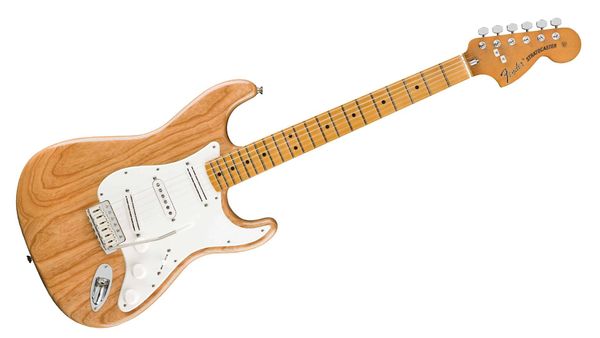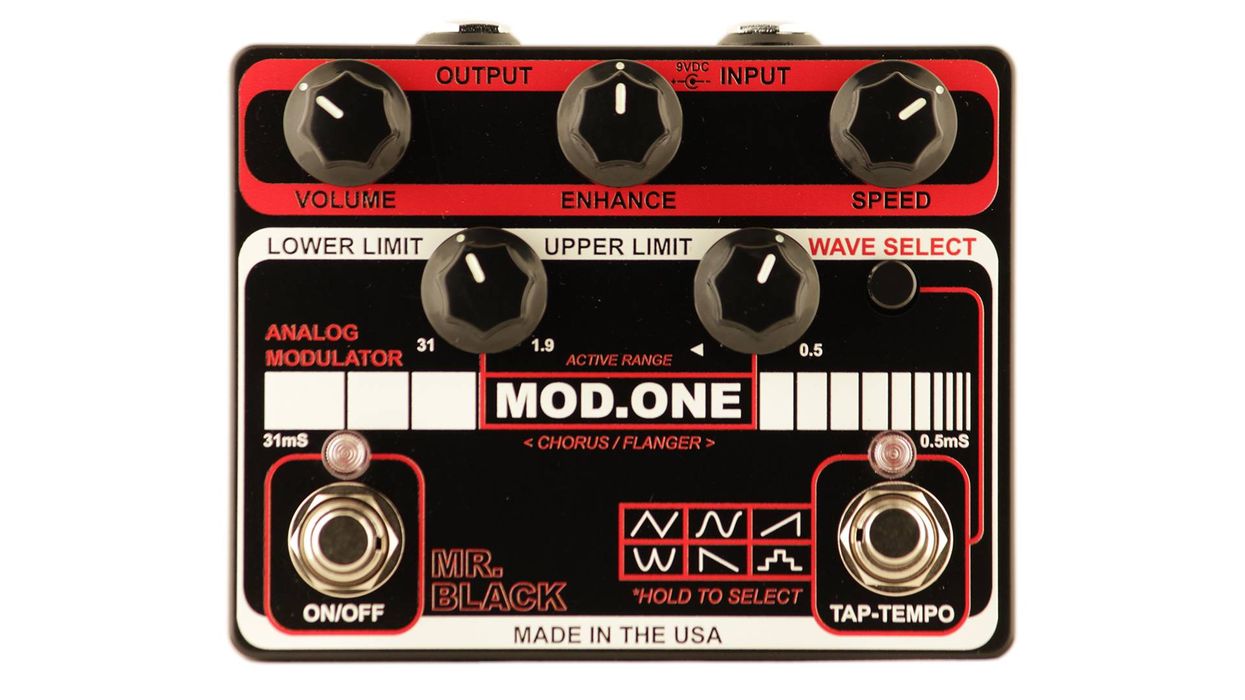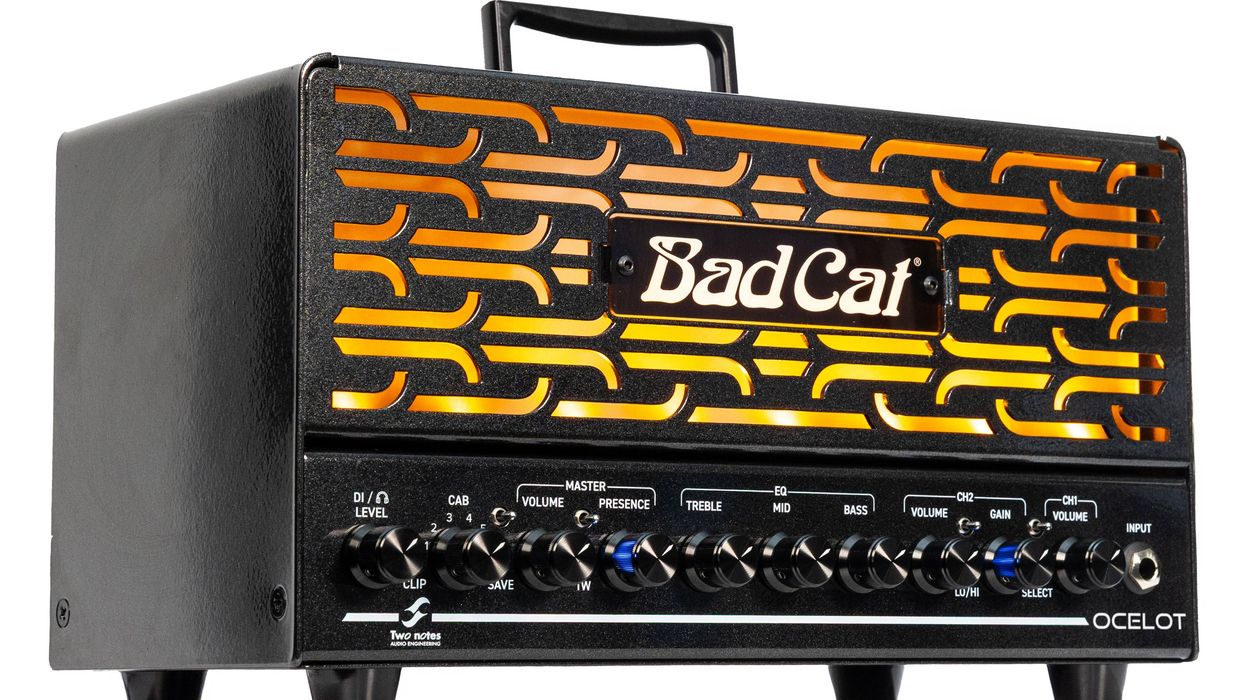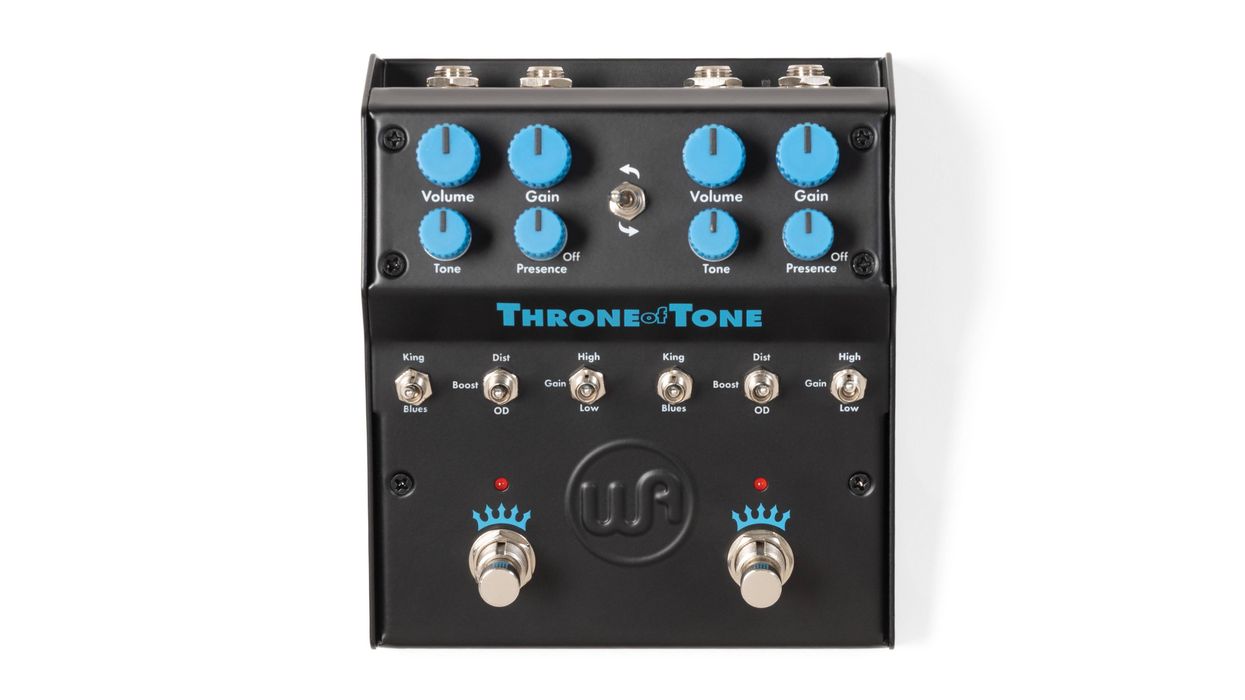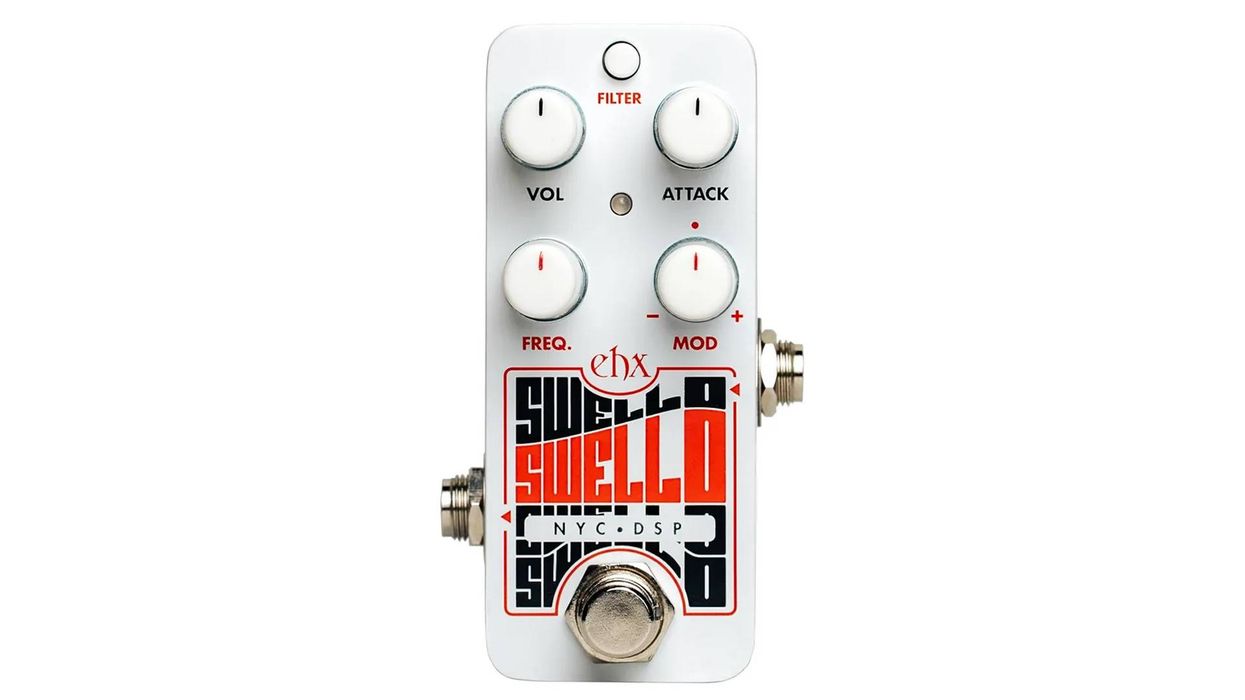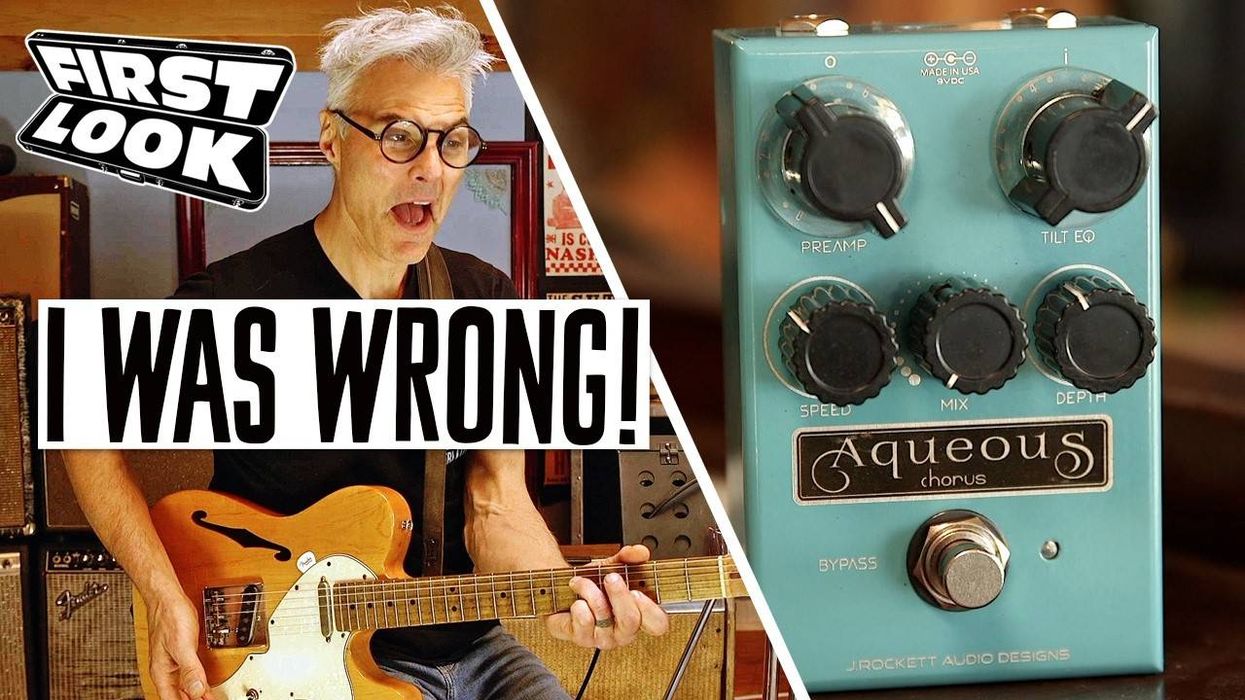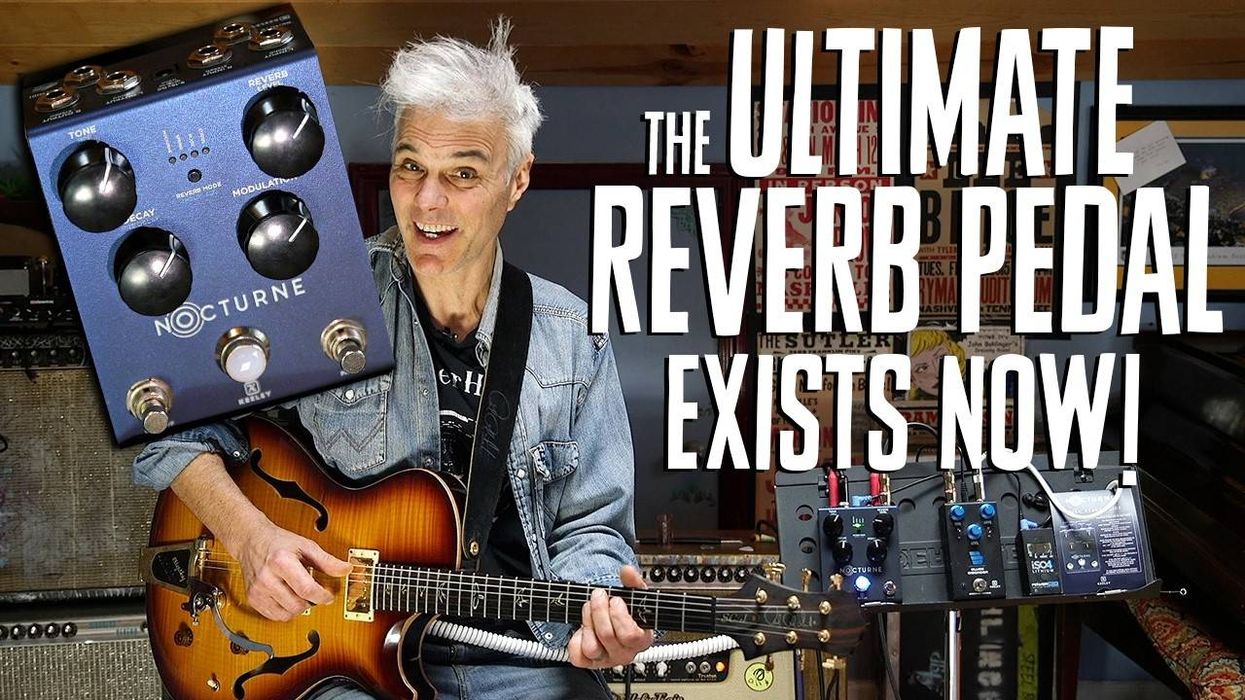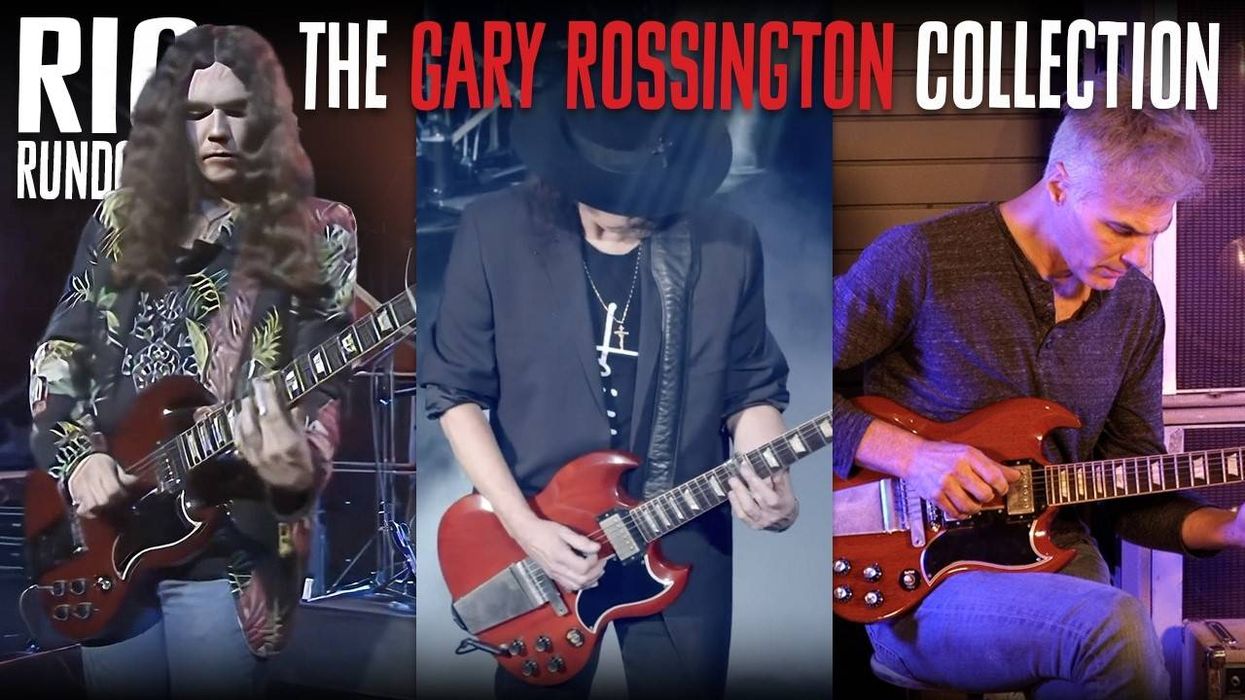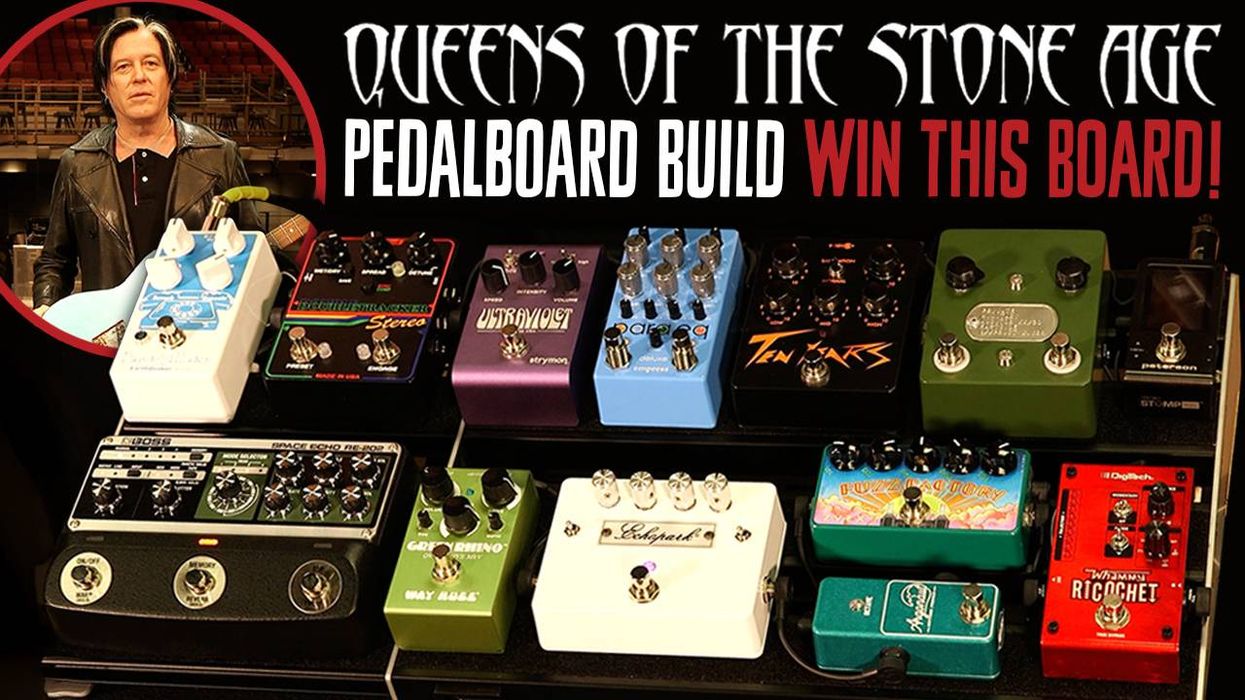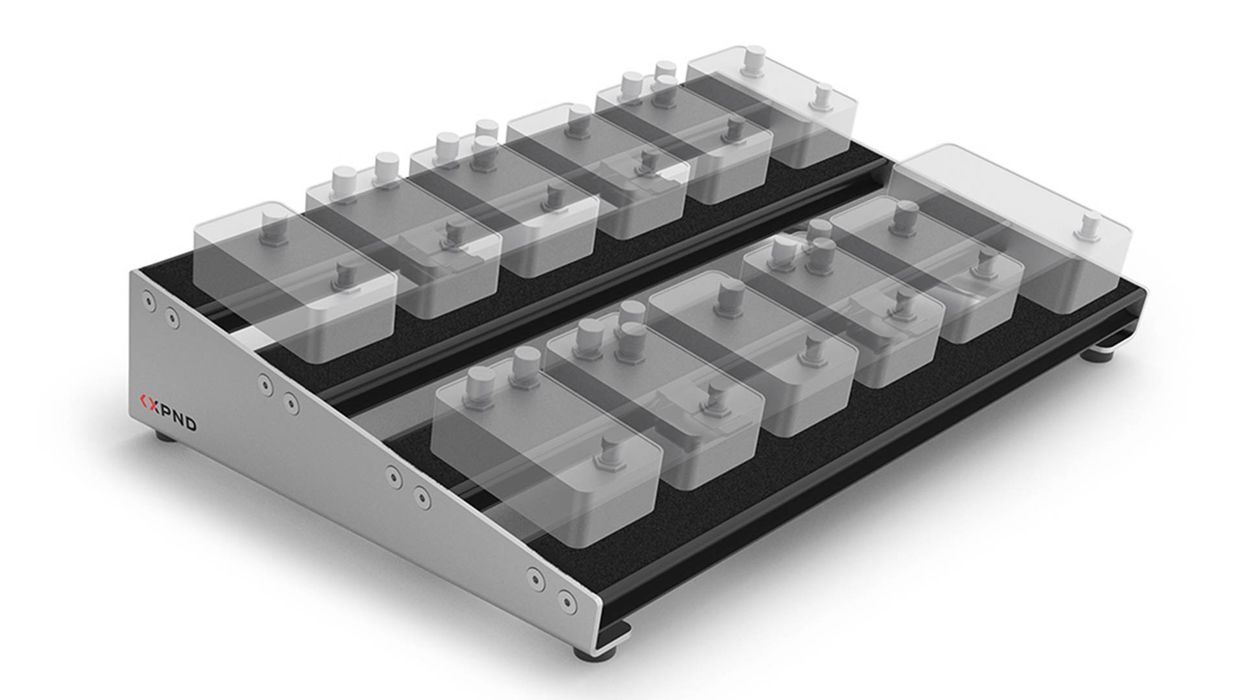Khruangbin is a band that moves freely in negative space. They don’t deal in negative vibes, mind you, but the spaces in between objects—or in music, between notes and tones. In Khruangbin’s case, negative space isn’t quite as empty as it seems. In fact, a lot of it is colored with reverberated overtones, which is an aesthetic well suited to Mark Speer’s instrument of choice. Because if you want to color negative space without being a space hog, there are few better means than a Stratocaster.
Speer’s signature Stratocaster, is not, in the strictest sense, a classically Strat-like specimen. Its bridge and neck pickups, after all, are DiMarzio Pro Track humbuckers, with a design informed more by PAFs than Fender single coils. Nor is it modeled after a priceless rarity. Speer’s main guitar is a humble ’72 Stratocaster reissue from the early 2000’s. But the Speer signature Stratocaster is a thought-provoking twist on classic “Stratocaster-ness,” and one well-suited to the atmospherics that mark Khruangbin’s music, but also soul, reggae, jazz, and any other expression where clarity and substance are critical.
Mr. Natural Takes It In Stride
I have to admit—and no doubt some of you will disagree—for most of my life, as an early- to mid-1960s-oriented aesthete, an all-natural-finished Strat with an oversized headstock looked flat-out wrong. My opinion on the matter has softened a bit since. And I think the Speer Stratocaster is beautiful, elegant, and does much the flatter the Strat profile. The pronounced grain in the ash body is lovely, and it certainly doesn’t reflect the drop in ash quality that many feared when ash-boring beetles started to decimate swamp ash supplies. It also looks great against the milk-white single-ply white pickguard and all-white knobs (another nice study in negative space).
Elsewhere, many features are authentically 1972. The 1-piece, 3-bolt maple neck with a 7.25" fretboard radius boasts a micro-neck-adjust feature as well as the practical and cool-looking bullet truss rod. The tuners also feature early ’70s-styled machine covers. The neck itself feels great—slightly less chunky, perhaps, than early ’70s Strats I’ve played, and, oddly, not worlds apart from the neck on my Mexico-made ’72 Telecaster Deluxe, which has a much flatter 12" radius. Some of the similarities in feel may have to do with the jumbo frets, which here give the gloss urethane fretboard a slinky, easy touch. Less delicate players (like me) who tend to squeeze when chording should check out the Speer before purchasing to make sure they don’t pull everything sharp. The frets do make string bends feel breezy, though. Other details, apart from the jumbo frets, that deviate a bit from 1972 Fender spec include a bone nut and Graphtec saddles and string trees.
Warmth of the Sun
The DiMarzio Pro Tracks dwell in an interesting tone space. They’re built with ceramic magnets (vintage Strat and Gibson PAFS were made with alnico magnets) with a resistance of about 7.7 k ohms, which is in the range of a vintage PAF humbucker but hotter than most vintage Stratocaster pickups. In terms of tone signature, they sound and respond a little more like PAFs than Stratocaster pickups, too, which aligns with DiMarzio’s design objectives. But in the neck pickup in particular, the Strat-iness is very present. And when I switched back and forth between a Stratocaster and PAF-equipped SG as baselines for comparison, I marveled at how well the DiMarzios retained qualities of both. It’s hard to know how much Fender’s 25 1/2" scale factors into lending the extra bit of Fender color. But the sound is distinctly, authentically, Speer-like. (For the record, I replicated much of Speer’s circa 2018 signal chain for this test, including a Fender Deluxe Reverb, Dunlop Cry Baby, Boss PH-3 and DS-1, MXR DynaComp, and a Echoplex-style pedal).
The PAF qualities of the DiMarzios are most pronounced in the bridge pickup, which is much burlier and thicker than a Stratocaster single coil. The one single coil on the guitar meanwhile, the middle pickup, will sound and feel familiar to any old-school Stratocaster player. It’s also perfect for chasing Jerry Garcia tones if you’re selecting the Speer for its likeness to Jer’s “Alligator.” The real treat among the Speer’s many sounds, though, is the number 4 position, which combines the neck pickup and middle pickup out of phase. It’s snarky, super-focused, and just a little bit nasty, especially with overdrive and treble bump from either a wah, OD, or boost pedal.
The Verdict
For those players who fall in love with the comfort, feel, and looks of a Stratocaster, only to find it a bit thin-sounding for their purposes, the Mark Speer Stratocaster is an intriguing option. The humbuckers deftly thread the needle between Stratocaster and PAF tonalities, with a distinct lean toward the latter, and the out-of-phase number 4 position is a cool sound that lends the Speer Strat expansive smooth-to-nasty range. Like so many Mexico-made Fenders, the quality is superb. And while the $1,499 price tag represents a Signature Series bump compared to the similar $1,209 Vintera II ’70s Stratocaster, the Speer’s extra tone range and ash body do a lot to soften any sticker shock. If the options here fit your style, it could be well worth the extra dollars.


